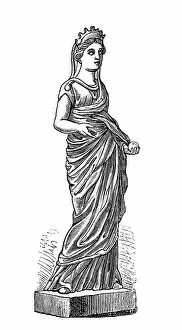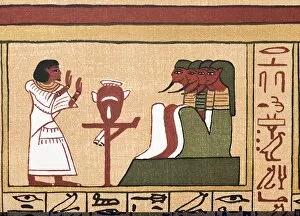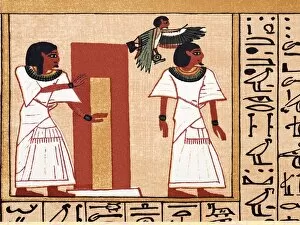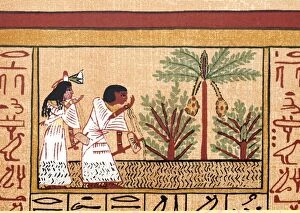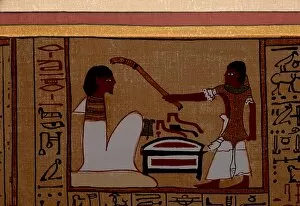Polytheism Collection (page 65)
"Exploring the Rich Tapestry of Polytheism
For sale as Licensed Images
Choose your image, Select your licence and Download the media
"Exploring the Rich Tapestry of Polytheism: A Glimpse into Hindu Mythology and Beyond" Immerse yourself in the enchanting world as we delve into the vibrant tapestry of Hindu mythology. This captivating image showcases a pantheon of gods and goddesses, each with their unique significance and divine attributes. In one frame, we witness the revered figures of Laksman, Rama, Sita, and Hanuman - epitomizing loyalty, righteousness, love, and devotion. Their tale resonates through generations as an embodiment of virtue and heroism. Moving on to another picture capturing Parvati, Lakshmi, and Saraswati - goddesses representing power, wealth, knowledge respectively. These ethereal beings symbolize the feminine energy that nurtures creation while bestowing blessings upon devotees. A statue depicting Annapurna (Parvati) offering sustenance at Lakshman temple reminds us that divinity extends beyond spiritual realms; it encompasses our daily lives by providing nourishment for both body and soul. Lakshmi gracefully seated amidst lotus flowers signifies prosperity and abundance. As the consort of Lord Vishnu – who preserves cosmic order – she embodies wealth in its truest sense: material riches coupled with spiritual fulfillment. The image showcasing Krishna's playful charm alongside Radha portrays eternal love transcending mortal boundaries. Their divine union represents devotion towards God as a path to enlightenment. Visnu accompanied by Lakshmi exemplifies harmony between masculine strength and feminine grace. Together they embody preservation combined with prosperity – essential elements for maintaining balance in life. Ganesh stands tall among Ayappa and Subramania - deities known for wisdom, courage, and protection against obstacles. They inspire followers to overcome challenges on their journey towards self-realization. Durga's fierce form evokes awe-inspiring reverence as she battles evil forces to restore peace within the universe.


